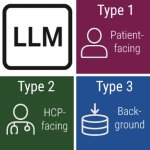
News • Dual-barrier tumours
How colorectal cancer evades immunotherapy (and what to do about it)
Most patients with metastatic colorectal cancer do not respond to immunotherapy—but why? A new study shows how the tumours block the immune system through two complementary mechanisms.


























